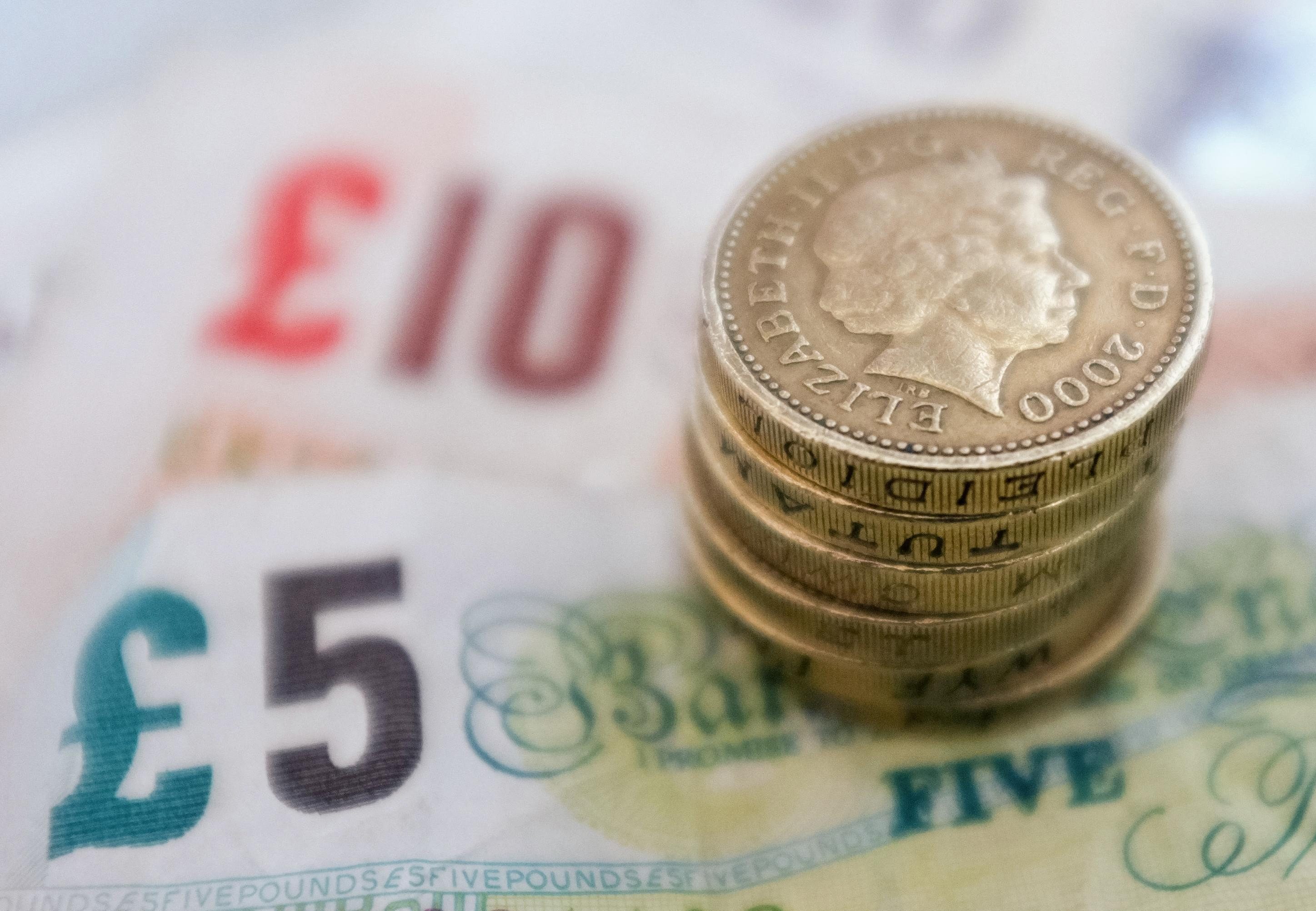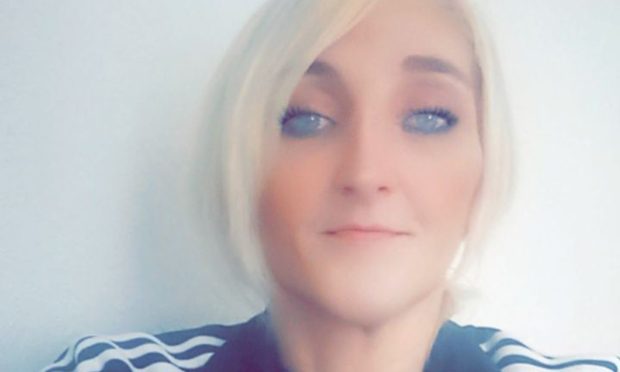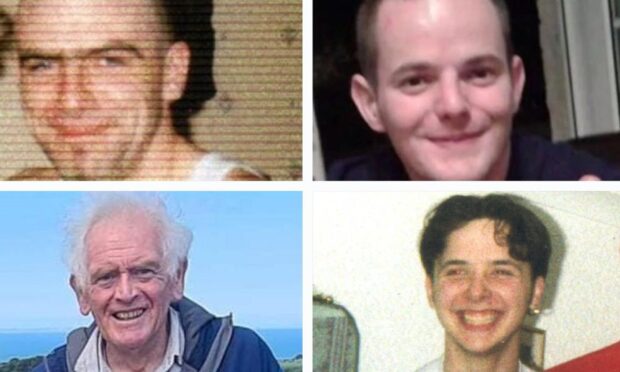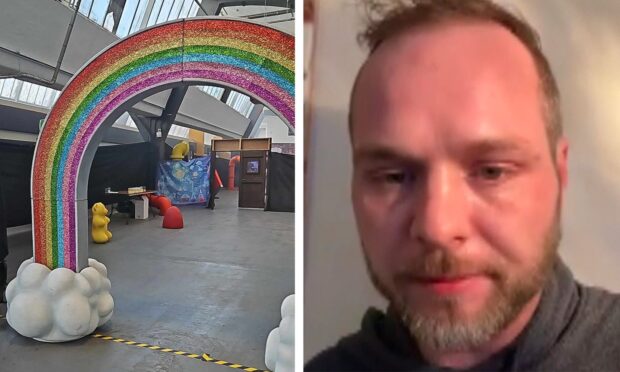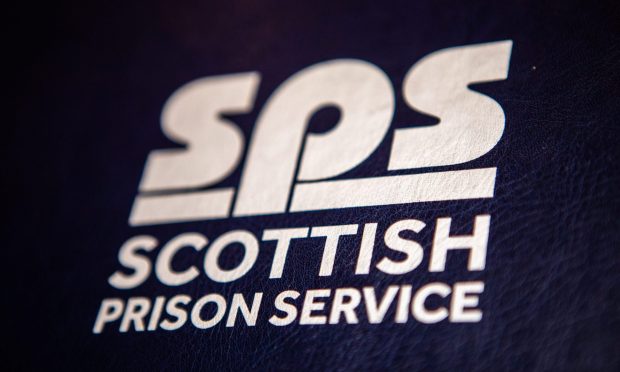The number of Scots going bankrupt is up by more than 50% over a year, according to the latest quarterly figures.
There were 1,144 bankruptcies recorded in April to June this year, a rise of 14.7% on the previous quarter and 51.1% higher than the same period in 2015.
But the total for the first quarter of 2015-16 was “particularly low” as a result of changes to legislation, a report by the Accountant in Bankruptcy said.
It added: “A more realistic comparison is obtained by looking at previous years’ activity.
“The bankruptcies awarded in this quarter are 41.7% lower than the same quarter in 2013-14 and 34.9% lower than in 2014-15.”
A total of 2,405 Scots were declared insolvent in the first quarter of 2016-17 – a term which covers those who become bankrupt and those who take out a protected trust deed to repay debts.
There were 510 debt payment programmes approved in the period April to June 2016 while the statistics also showed people using the Debt Arrangement Scheme paid back £9.3 million over the three months.
Business minister Paul Wheelhouse said: “These figures indicate that people are becoming more accustomed to the new insolvency legislation and processes.
“We are now seeing the numbers settling down to a more regular pattern following the significant, and expected, drop after the introduction of the new laws.
“Compared to the same quarter from two years ago, prior to these changes, the number of people falling into insolvency today is down by more than a third.
“This shows those most in need can access the debt relief they require to help them on the road to a fresh financial start – but also that the long-term movement is a downward one.
“We will continue to do everything we can to bring stability and certainty to the Scottish economy, and widen access to debt relief and debt management for the most financially vulnerable.”
